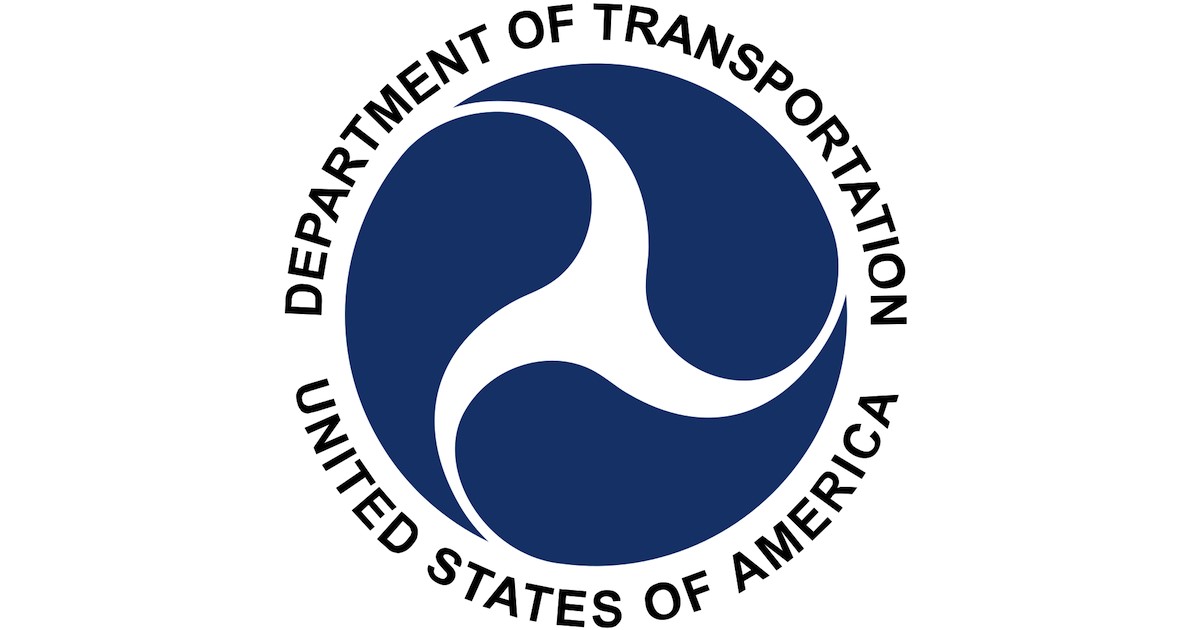Resource Details
Sustainability, Transportation, Workforce
Grants for Buses and Bus Facilities Program
The Grants for Buses and Bus Facilities Competitive Program (49 U.S.C. 5339(b)) makes federal resources available to states and direct recipients to replace, rehabilitate and purchase buses and related equipment and to construct bus-related facilities, including technological changes or innovations to modify low or no emission vehicles or facilities.
Funding is provided through formula allocations and competitive grants. Funds remain available for obligation for four fiscal years. This includes the fiscal year in which the amount is made available or appropriated plus three additional years.
The federal share of eligible capital costs is 80 percent of the net capital project cost, unless the grant recipient requests a lower percentage. The Federal share may exceed 80 percent for certain projects related to the ADA and the Clean Air Act. The Federal share of the cost of leasing or purchasing a low or no emission transit bus is not to exceed 85 percent of the total transit bus cost. The federal share in the cost of leasing or acquiring low- or no-emission bus-related equipment and facilities is 90 percent of the net project cost. Applicants must identify these specific activities in their application in order to receive this increased federal share.
Eligibility
ELIGIBLE APPLICANTS for the Buses and Bus Facilities Program include designated recipients that allocate funds to fixed-route bus operators, States (including territories and Washington D.C.) or local governmental entities that operate fixed route bus service, and Indian tribes.
ELIGIBLE ACTIVITIES include capital projects to replace, rehabilitate and purchase buses, vans, and related equipment, and to construct bus-related facilities, including technological changes or innovations to modify low or no emission vehicles or facilities. Additionally, 0.5% of a request may be for workforce development training, and an additional 0.5% may be for training at the National Transit Institute. Applicants for zero-emission vehicles must also spend 5% of their award on workforce development and training as outlined in their Zero-Emission Transition Plan, unless the applicant certifies that their financial need is less. All low-no emission projects are attributable to compliance with the Clean Air Act and/or the Americans with Disabilities Act.
Top Benefits
- The grant can cover 80% to 90% of the project's eligible costs
- Funds remain available for four fiscal years
- 0.5%-1% of funds can go to workforce development and training
Related Resources
Wisconsin Cooperative Development Grant
Wisconsin Economic Development Corporation
Arts & Culture, Child Care, Energy, Forestry & Paper, Native Peoples, Transportation, Workforce
The Wisconsin Economic Development Corporation (WEDC) is offering grants to support the development of new and existing cooperatives in Wisconsin, with a goal of fostering the success of current and future cooperatives by supporting planning and exploratory research in advance of making a large investment.




